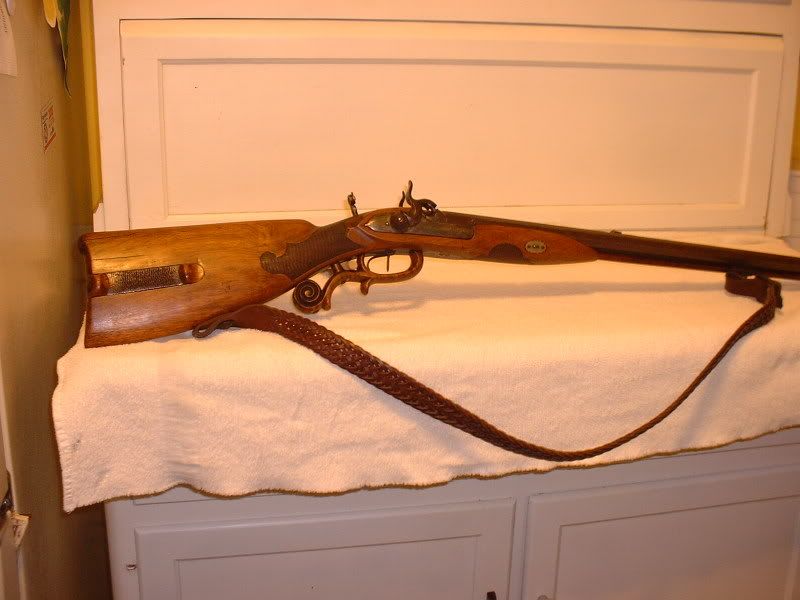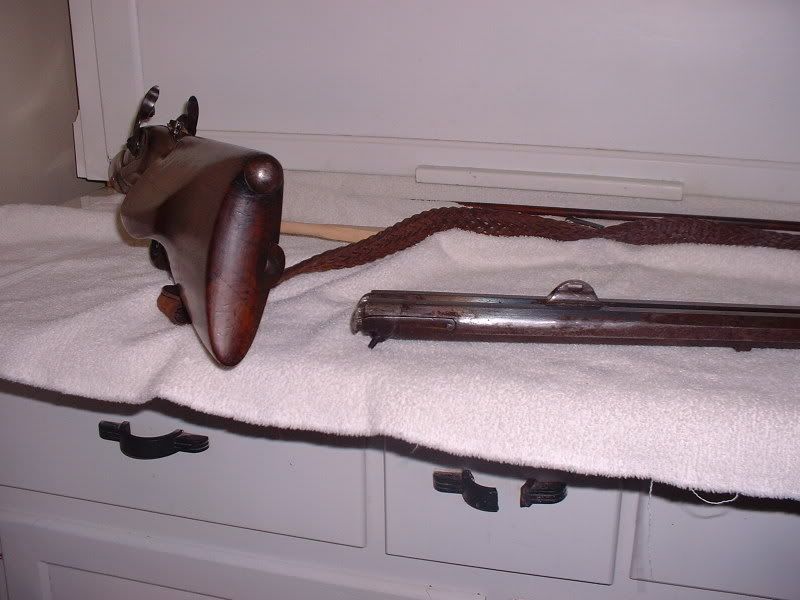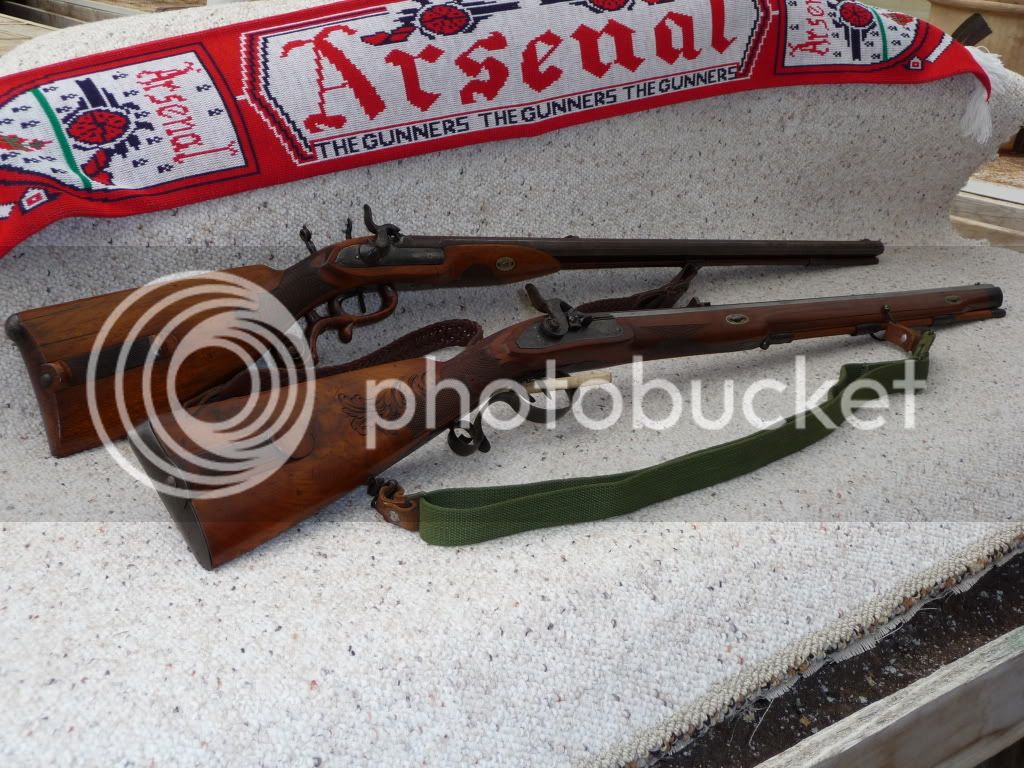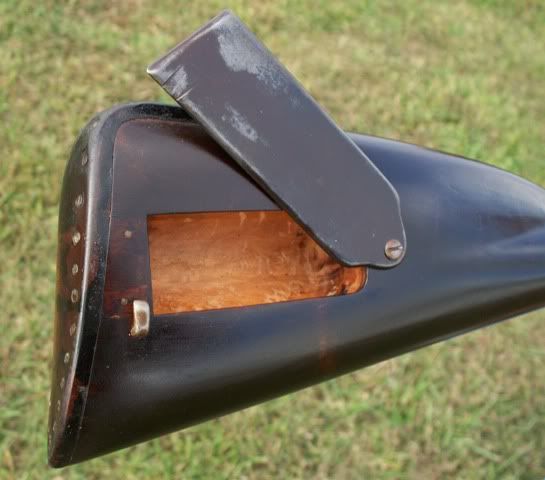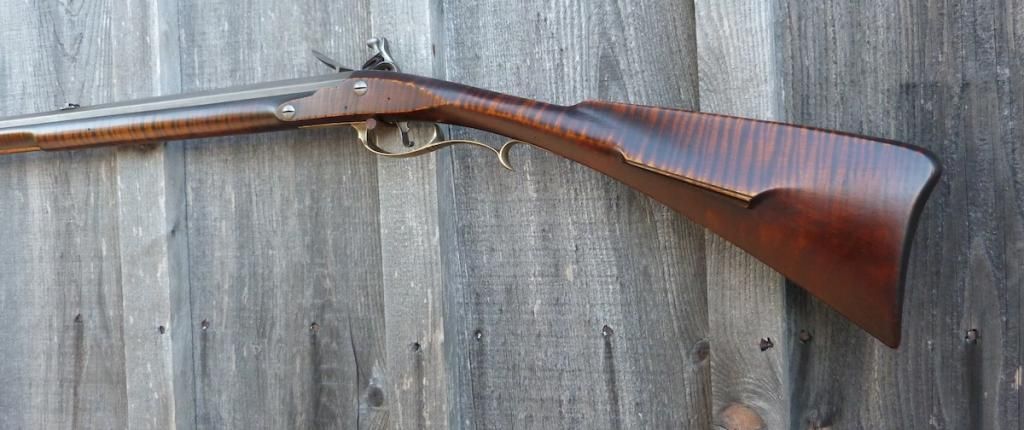thecapgunkid
40 Cal.
- Joined
- Oct 9, 2014
- Messages
- 342
- Reaction score
- 6
Sitting on the front hook of the ceiling at Dixons Muzzleloading shop in Pa., where all the really sexy rifles are hung, is ( or was if it sold) a partially completed rifle, in the white, with a rounded butt that had no butt plate on it. It was clearly finished enough to imply intent to finalize it that way.
I left the checkbook home, so clearly the saints and angels are watching out for me. The lust of the moment has been tempered by distance and time, but I would like to procure and finish a simple rifle with a little incise on it.
Lately I have seen a number of photos, including one in this forum, that show rifles with no butt plate.
How common was this, or is it a 21st century phenom?
If it dates back, is there a particular area or time span these were seen?
The suspense is killin' me.
I left the checkbook home, so clearly the saints and angels are watching out for me. The lust of the moment has been tempered by distance and time, but I would like to procure and finish a simple rifle with a little incise on it.
Lately I have seen a number of photos, including one in this forum, that show rifles with no butt plate.
How common was this, or is it a 21st century phenom?
If it dates back, is there a particular area or time span these were seen?
The suspense is killin' me.





